Chris Levine on creating his iconic portrait of Queen Elizabeth II: ‘I was the wild card’
For the Queen’s Platinum Jubilee celebrations, we spoke to artist Chris Levine about the making of his iconic hologram portraits of Her Majesty. He reflects on two years of preparation, that fateful day in Buckingham Palace, and Lightness of Being, the outtake that almost outshone the original
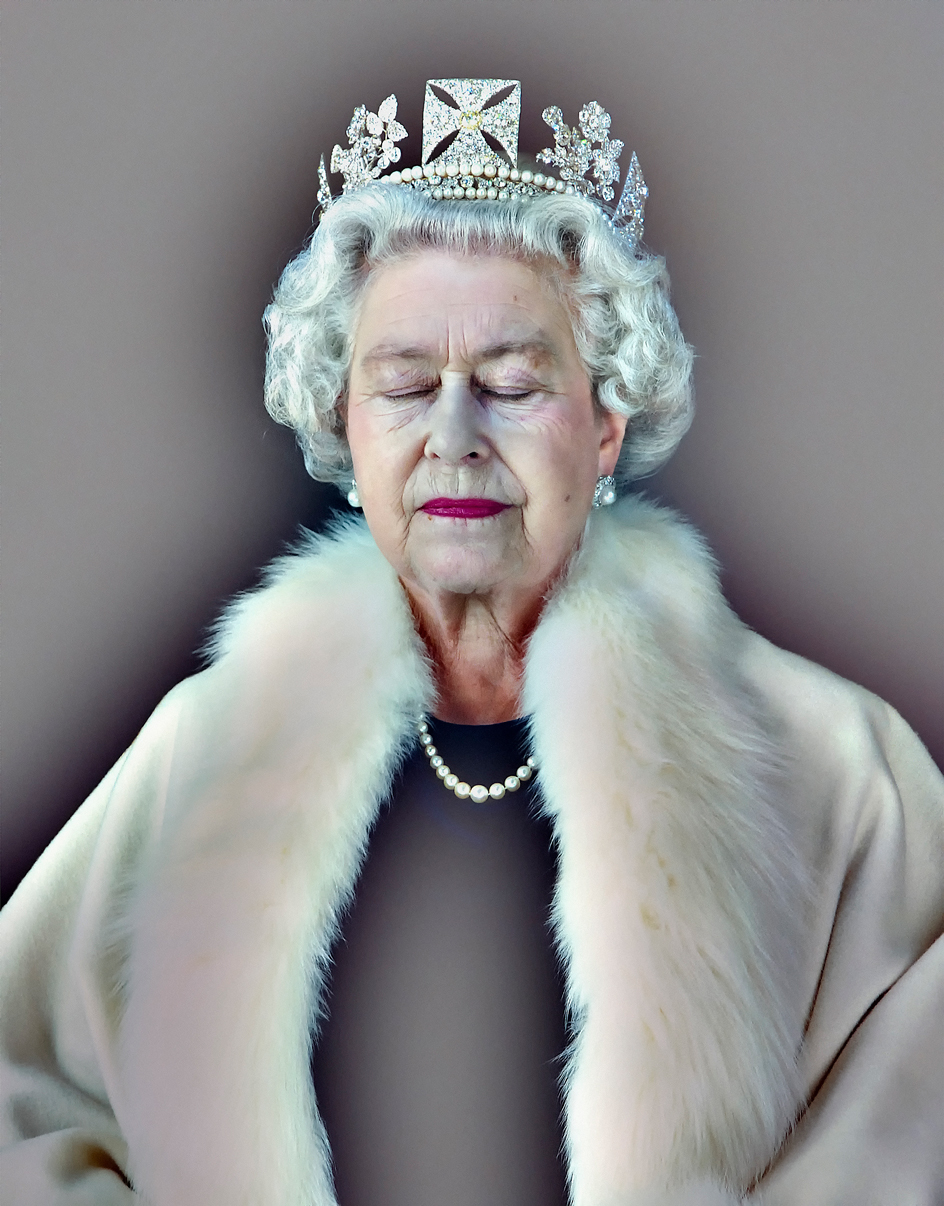
Chris Levine - Photography
Multidisciplinary artist Chris Levine is known for the sort of technical art wizardry that leaves jaws dropped, minds boggled and eyes dazzled. During a career spanning photography, installation, design, music and fashion, he’s collaborated with the likes of Grace Jones and Massive Attack and captured the likeness of everyone from Kate Moss to the Dalai Lama in his distinctive lightbox format.
But he’s perhaps best known for one of the most astonishing portraits of Queen Elizabeth II ever made, commissioned to mark Jersey’s 800-year of allegiance to the Crown in 2004. More recognisable still is an image that emerged from an outtake from said commission. Lightness of Being captured the monarch with her eyes closed as she rested between shots. The resulting hologram is meditative, ethereal and hyper-contemporary, and in the long and fruitful history of Royal portraiture, is entirely remarkable.
Wallpaper*: When you were first commissioned to photograph the Queen by the Jersey Heritage Trust, what was your response?
Chris Levine: I got a call out of the blue and honestly thought it was a friend pulling my leg. I’d shot rock stars and been asked to record Indian gurus but the Queen seemed far fetched. It was only when I was summoned to a meeting at the National Portrait Gallery with [former director] Charles Saumarez Smith and the Jersey Heritage Trust that it all became very real.
The portrait commission was to mark 800 years since the island of Jersey broke away from France and pledged allegiance to the Crown. It turns out I was the wild card in a shortlist of well-known artists put forward to Jersey by the artist Gordon Young, who was appointed to curate the historic commission.
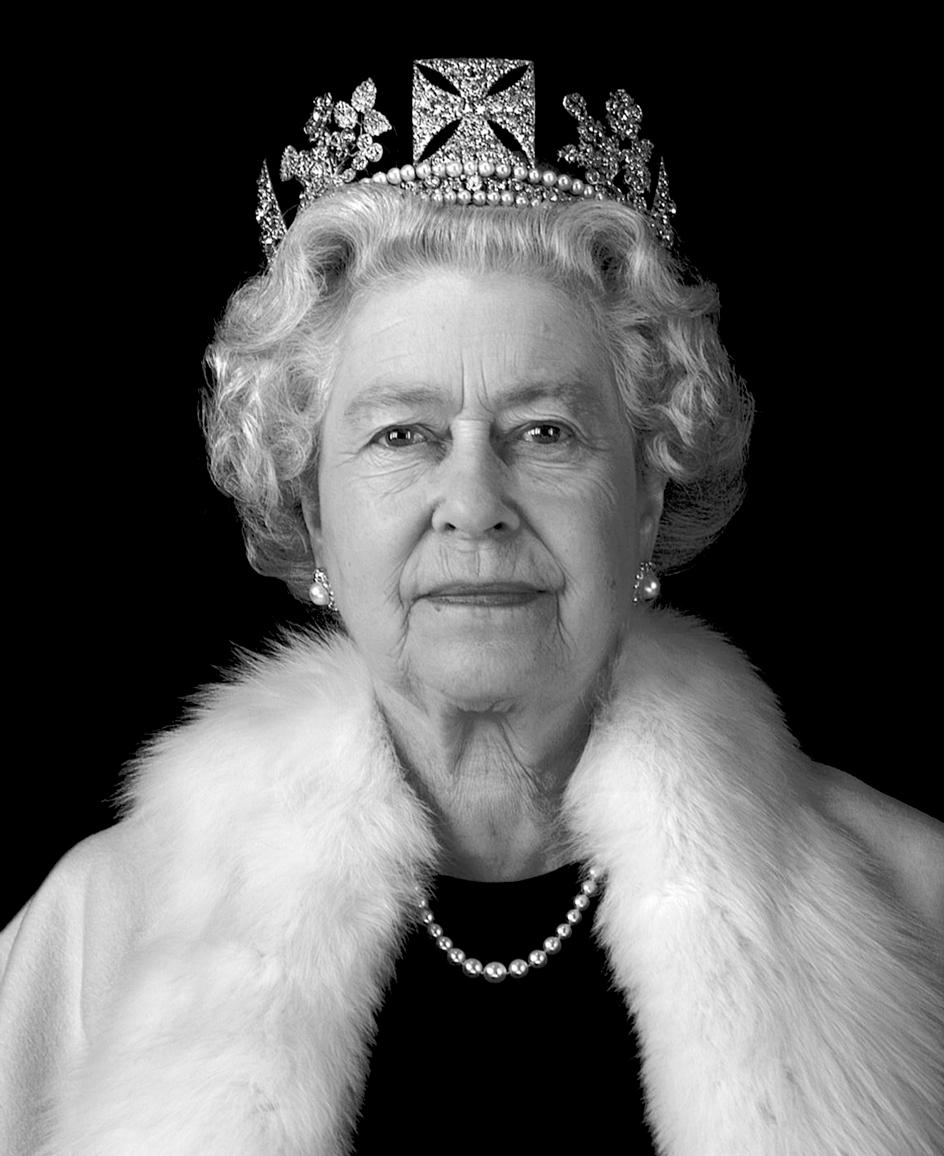
Equanimity / Queen Elizabeth II by Chris Levine (artist), Rob Munday (holographer) © Jersey Heritage Trust 2004
W* How much time did you have to prepare, and how did you prepare?
CL: A date was set in the diary giving me some two years to prepare for the shoot. I had a lot of time to process the conceptual development and what I wanted to achieve. I considered a number of different light-based approaches from LED screen, electroluminescent film, different forms of holograms and laser etching in crystal.
Wallpaper* Newsletter
Receive our daily digest of inspiration, escapism and design stories from around the world direct to your inbox.
I envisaged that there would be a lot of input from the Palace and commissioning body as to what needed to be conveyed in the work. I thought there would be a need for props and visual elements of suggestion, for instance, the three leopards of Jersey, or Mont Orgueil in the background. As it happened it was all left entirely to me including what Her Majesty wore. A week before the shoot I got a call from Angela Kelly [the Queen’s personal assistant and senior dresser] to ask what I’d like Her Majesty to wear. I got to style my subject, which involved going through a selection of clothes and selecting the Diadem from the Crown Jewels.
W*: Do you remember how you felt on that day in Buckingham Palace?
CL: We had three days in the Yellow Drawing Room to set up the equipment. I had been quite blasé about the shoot until the day of the sitting and became very nervous. We had just one sitting and we had to get it in the can. There was a lot that could go wrong and we were convinced there was some kind of electronic interference in the room that was messing with our electronics. George Bush was staying at the Palace and we wondered if there was some surveillance technology causing the interference. Luckily it resolved itself just before the Queen arrived. She was wearing the dress I’d been holding up two days previously when I told Angela I think this is the one. That was a surreal moment.
RELATED STORY
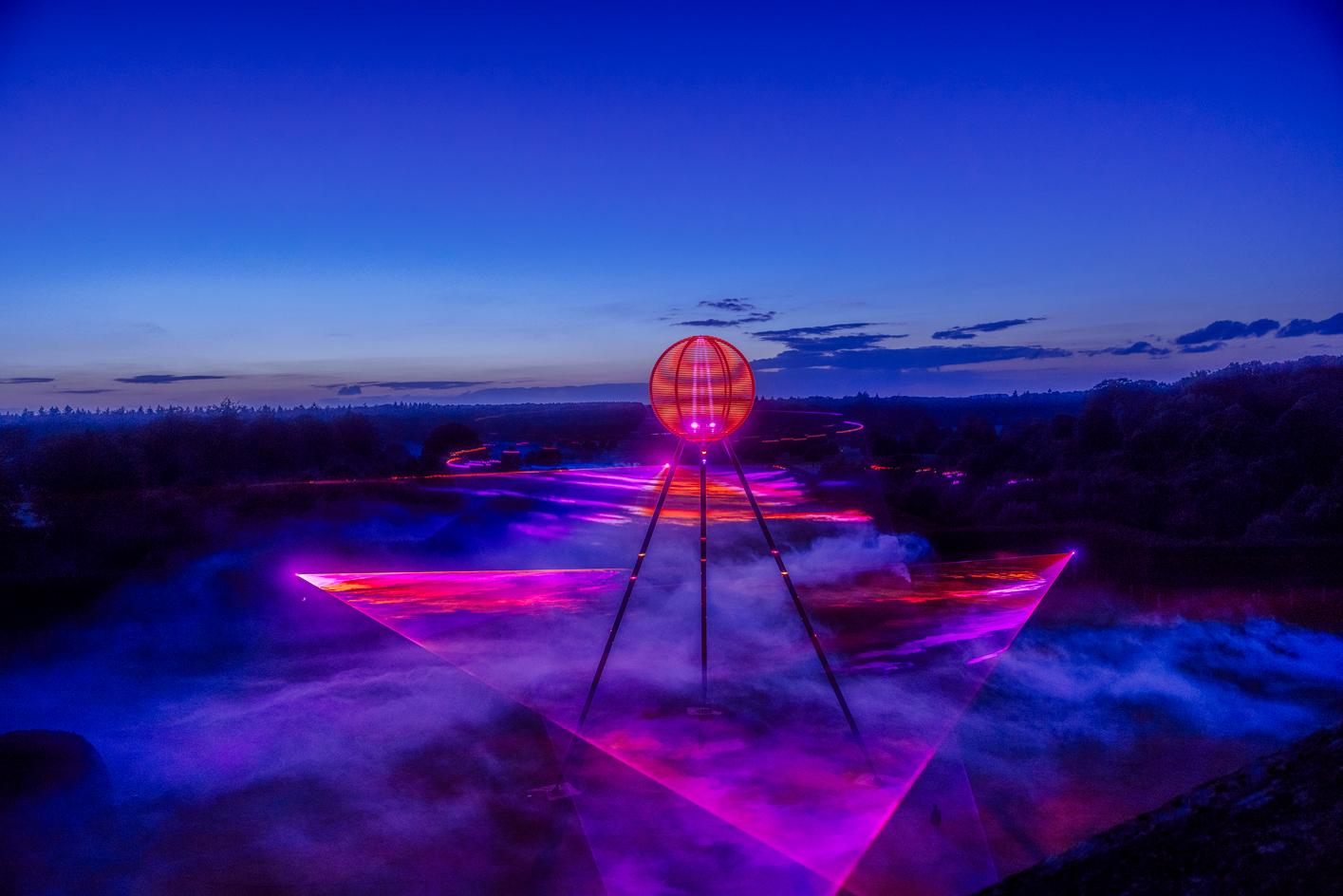
W* What did the technical side of the commission involve?
CL: Much of my work is collaborative on a technical level. I can look at what my visual and artistic objectives are and select the best people to execute my vision. I’d worked on a lot of hologram designs and a handful of pulsed laser portraits with Rob Munday and Jeff Robb and chose them as my technical team and the camera was custom-built by them. In the end, I worked with Dr John Perry in the US to make the final large-format holographic stereogram that was unveiled by Prince Charles at the Jersey Museum.
W*: Lightness of Being, depicting the Queen with her eyes closed, was made years later based on an outtake from the Equanimity portraits. How did this come about, and why do you think it still resonates?
CL: To shoot [in] 3D we used a digital camera that moved along a linear track in front of the Queen. I had a normal still camera positioned at the centre of the track to shoot reference images from the central position of the track. Because I also recorded 3D data scans of Ma’am, one of my potential post-production directions was to texture-map a photo from the reference camera onto the computer model.
There was a lot of light on Ma’am while we were shooting and each pass of the moving camera took a while to reposition and recalibrate. I was concerned that it was uncomfortable between passes and suggested to Ma’am that she rested between shots. She closed her eyes and we captured the moment. Some years later, I was reviewing the outtakes from the sittings and came across the shot and was blown away. I immediately put a filter on it and the piece was made. It’s as if I channelled it. The only tweak I made to it was to the colour of the lipstick and I gave it a contemporary spin.
I think that with the eyes closed it somehow takes the viewer into a spiritual realm and from there it touches people. It goes beyond the physical and conveys a sense of lightness, of being. The title came to me in meditation. Mario Testino told me it was the most beautiful image of the Queen he’d ever seen and inspired me to show it to the world. My exhibition ‘Lightness of Being’ was in 2008 and the rest was history. The NPG said it was the most evocative image of a royal by any artist.
Information
-
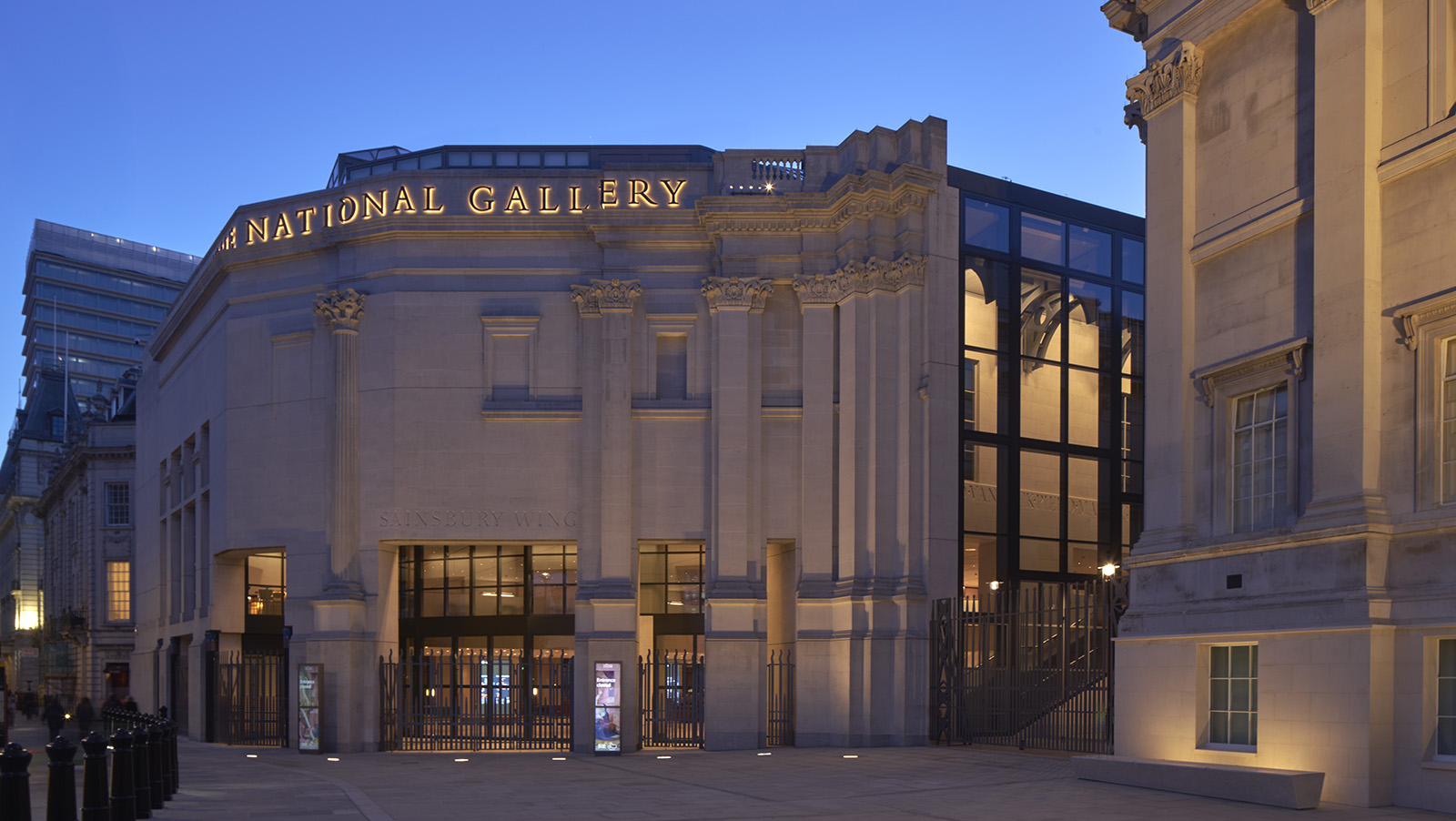 Revamped National Gallery Sainsbury Wing unveiled: Annabelle Selldorf gives us a tour
Revamped National Gallery Sainsbury Wing unveiled: Annabelle Selldorf gives us a tourThe National Gallery Sainsbury Wing redesign by Selldorf Architects is ready to open its doors to the public in London; we took the tour
-
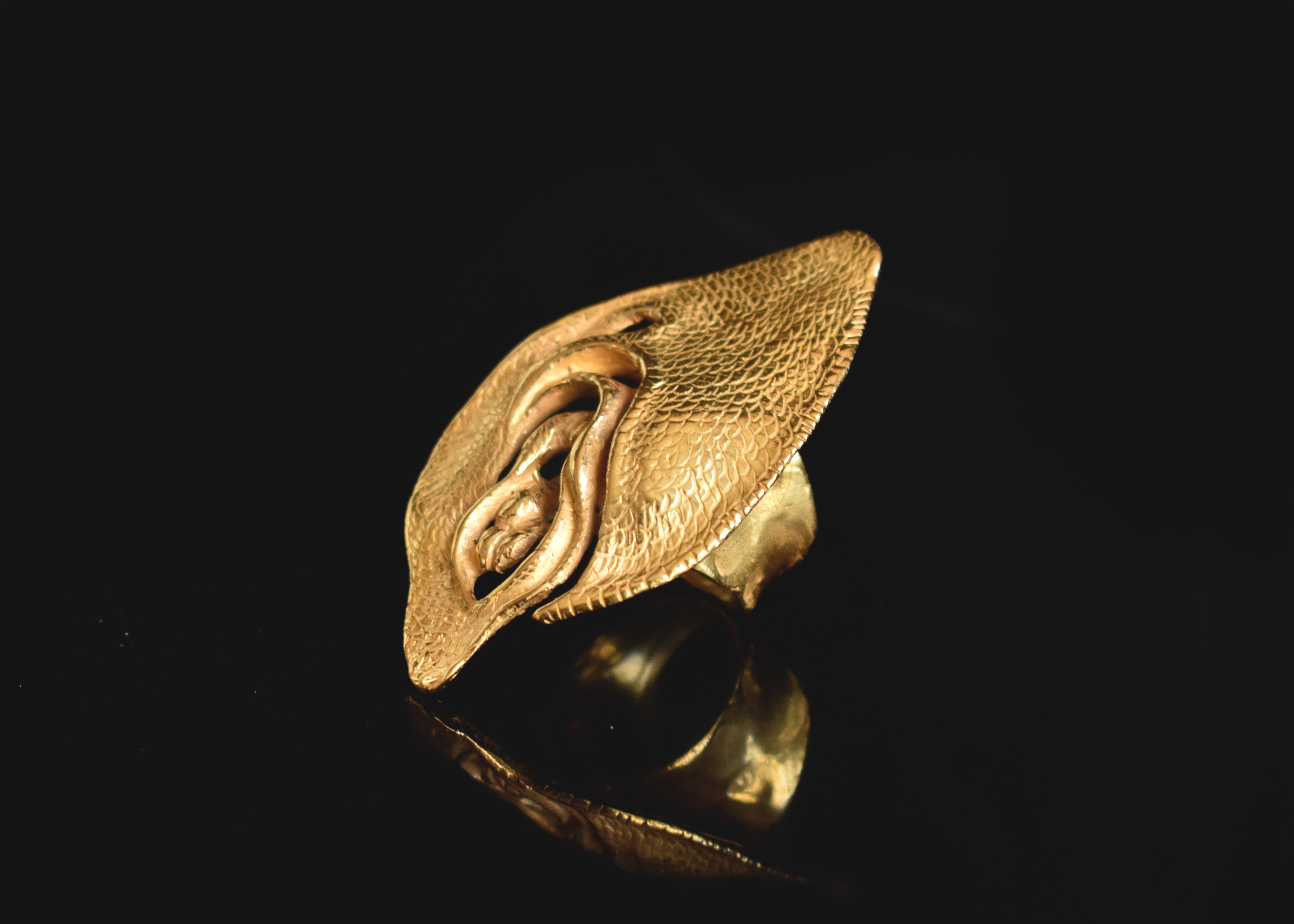 Sylvain Rieu-Piquet flits between jewellery and design in a Carpenter’s Workshop Gallery show
Sylvain Rieu-Piquet flits between jewellery and design in a Carpenter’s Workshop Gallery show‘Design is a way to think,’ says Rieu-Piquet ahead of his London exhibition ‘Chimaera’, featuring 40 pieces of sculptural jewellery and ceramics
-
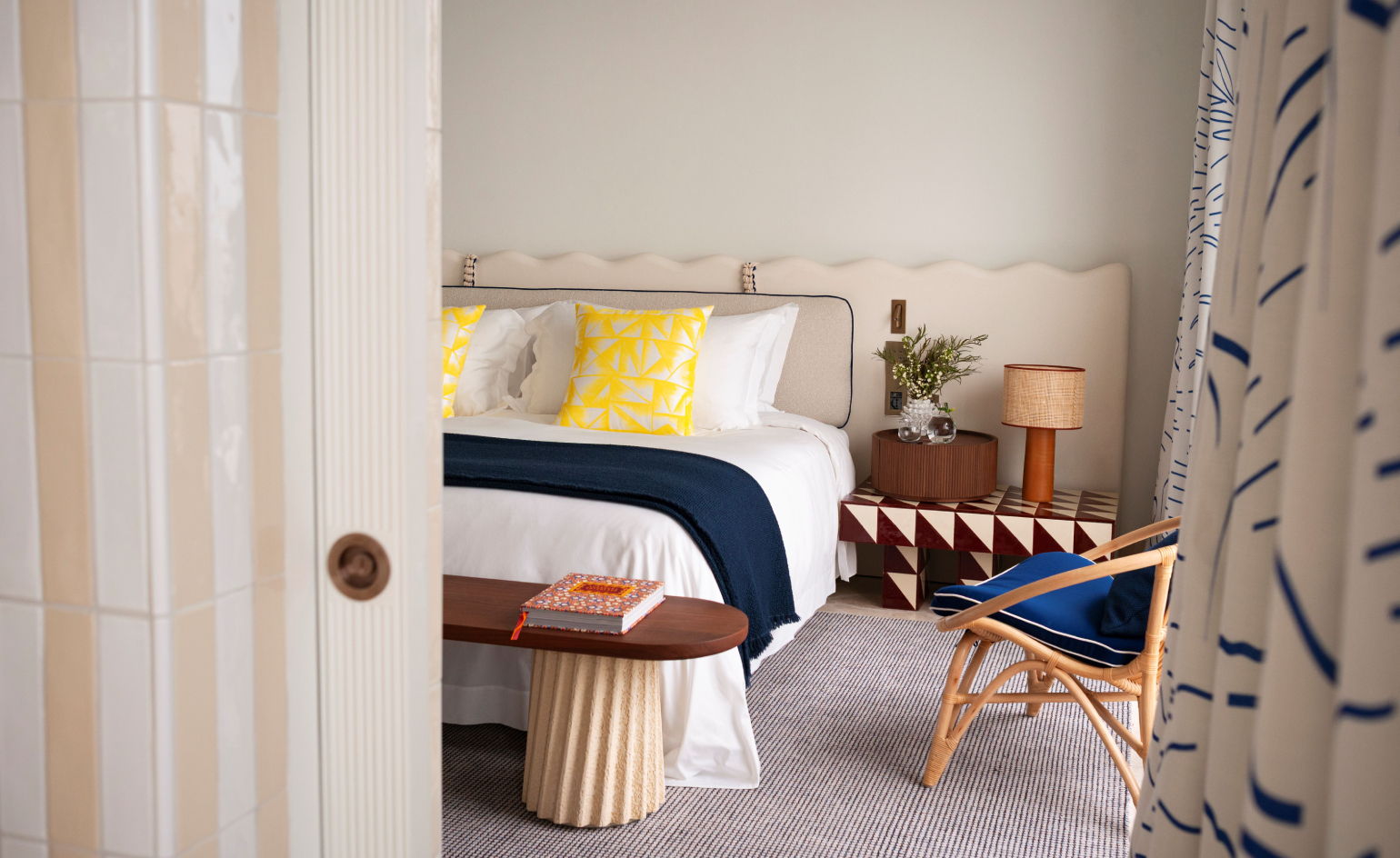 Five tranquil suites by Patricia Urquiola suspend visitors ‘between sea and sky’ in Capri
Five tranquil suites by Patricia Urquiola suspend visitors ‘between sea and sky’ in CapriPatricia Urquiola dreams up a study in contrast and tradition for the next chapter of Jumeirah Capri Palace
-
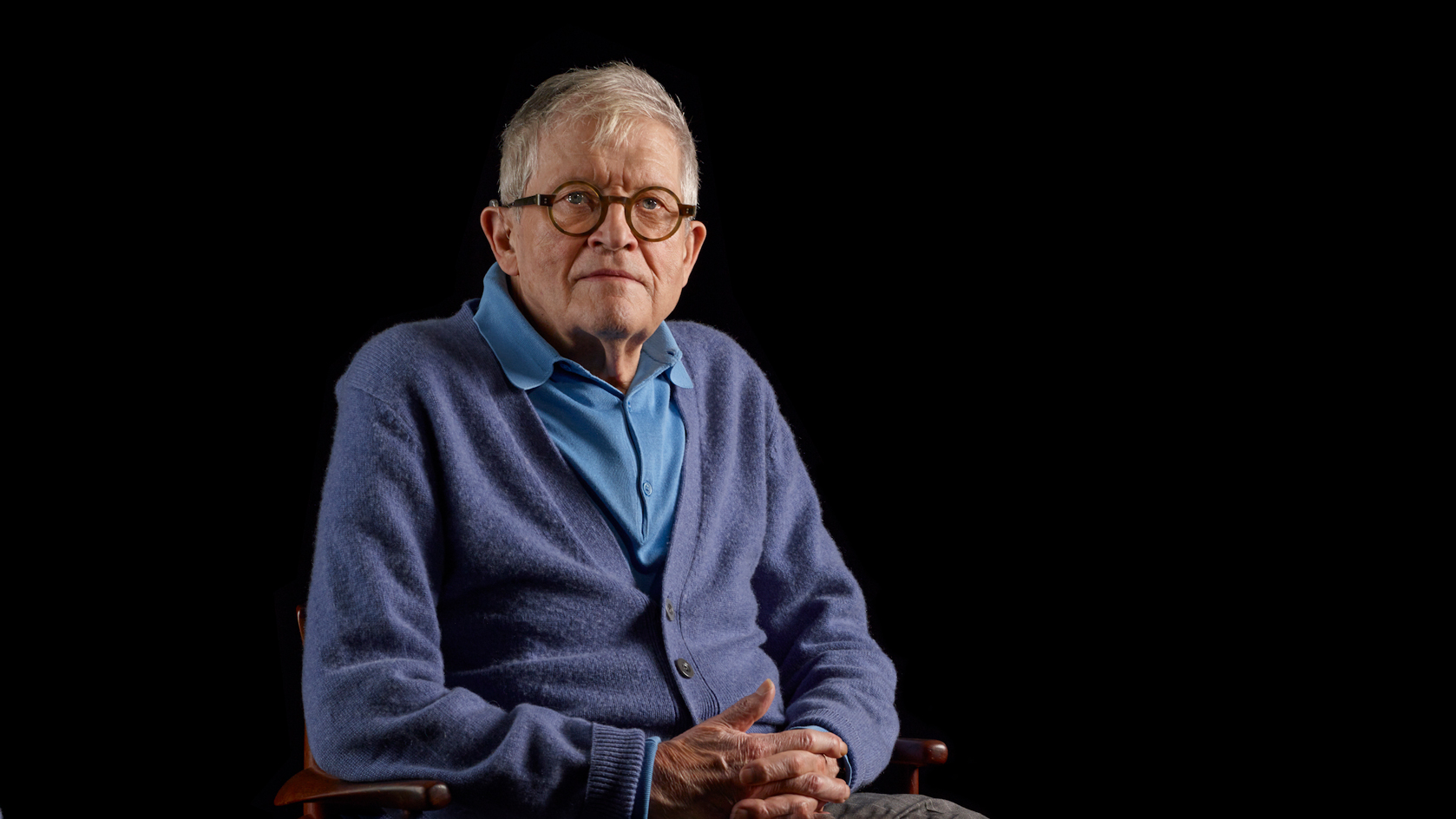 New York photography show sees cultural icons – from David Hockney to Maya Angelou – in unguarded moments
New York photography show sees cultural icons – from David Hockney to Maya Angelou – in unguarded moments‘Face to Face’ at New York’s International Center of Photography (27 January – 1 May 2023) sees cultural icons shot by Tacita Dean, Brigitte Lacombe and Catherine Opie
-
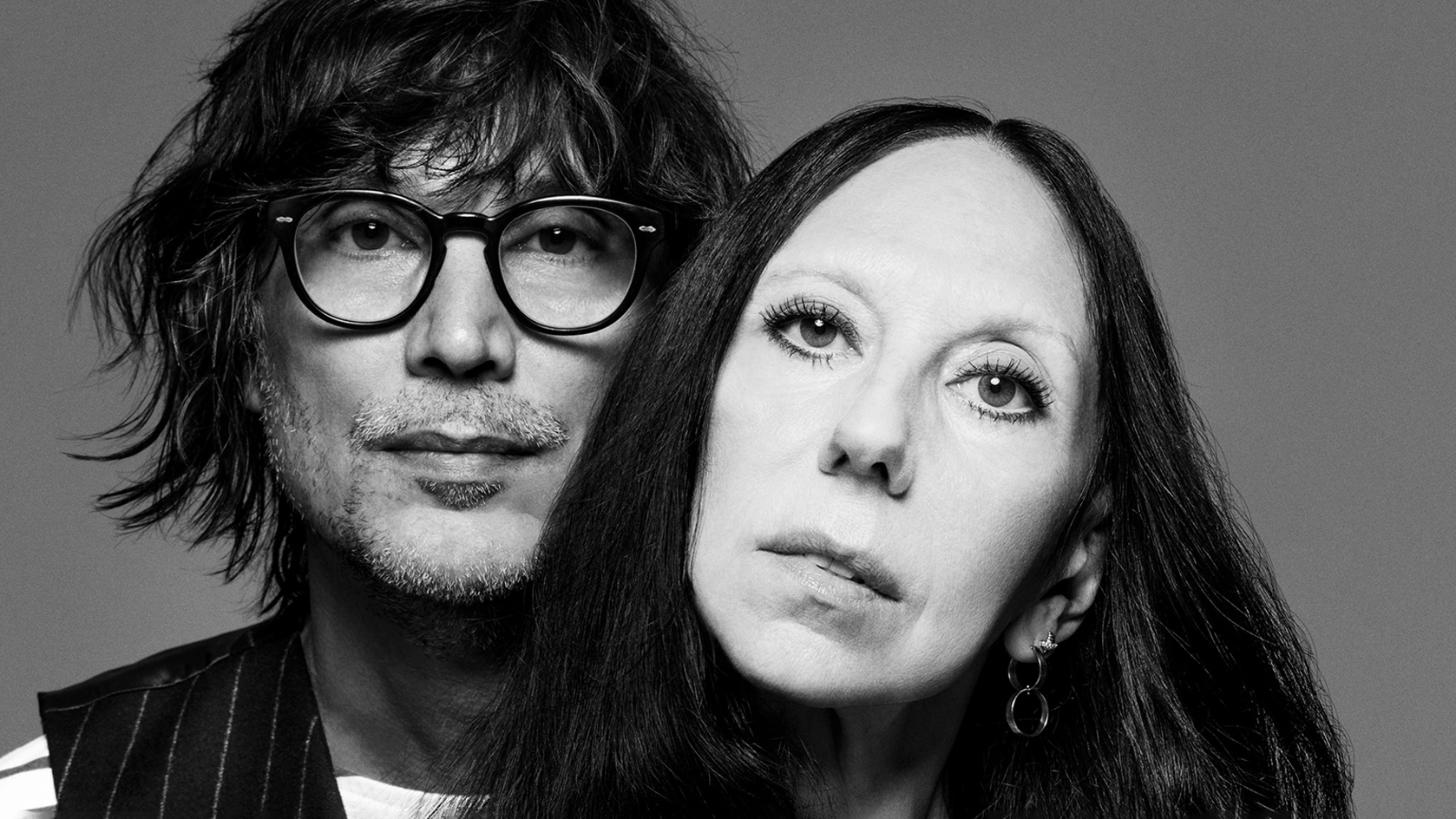 Inez & Vinoodh on 35 years of radical photography, being ‘two brains, one person', and judging our Design Awards
Inez & Vinoodh on 35 years of radical photography, being ‘two brains, one person', and judging our Design AwardsDutch photography duo and Wallpaper* Design Awards 2023 judges Inez & Vinoodh discuss image manipulation, design aspirations, and capturing the legendary Julianne Moore
-
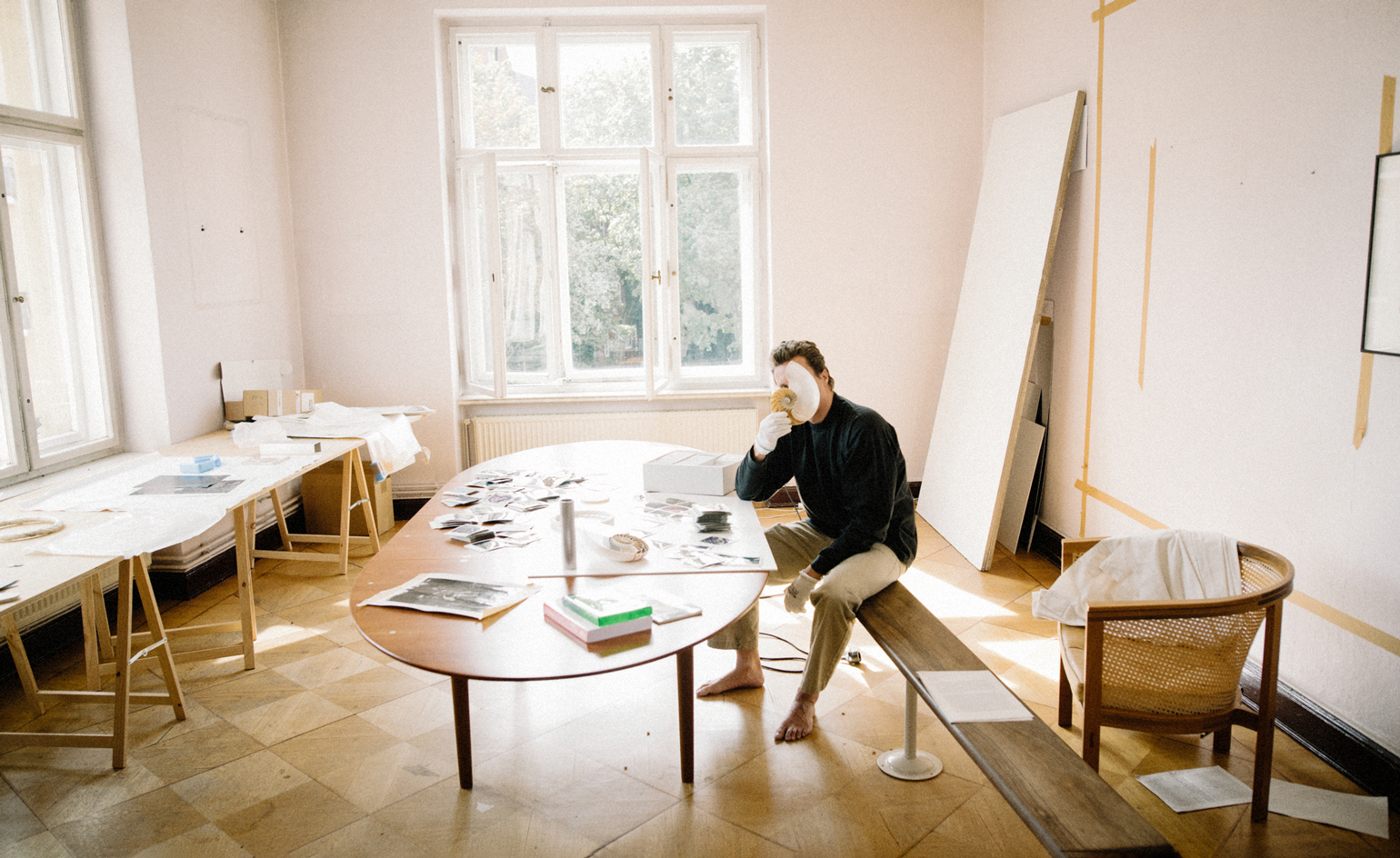 Cyprien Gaillard on chaos, reorder and excavating a Paris in flux
Cyprien Gaillard on chaos, reorder and excavating a Paris in fluxWe interviewed French artist Cyprien Gaillard ahead of his major two-part show, ‘Humpty \ Dumpty’ at Palais de Tokyo and Lafayette Anticipations (until 8 January 2023). Through abandoned clocks, love locks and asbestos, he dissects the human obsession with structural restoration
-
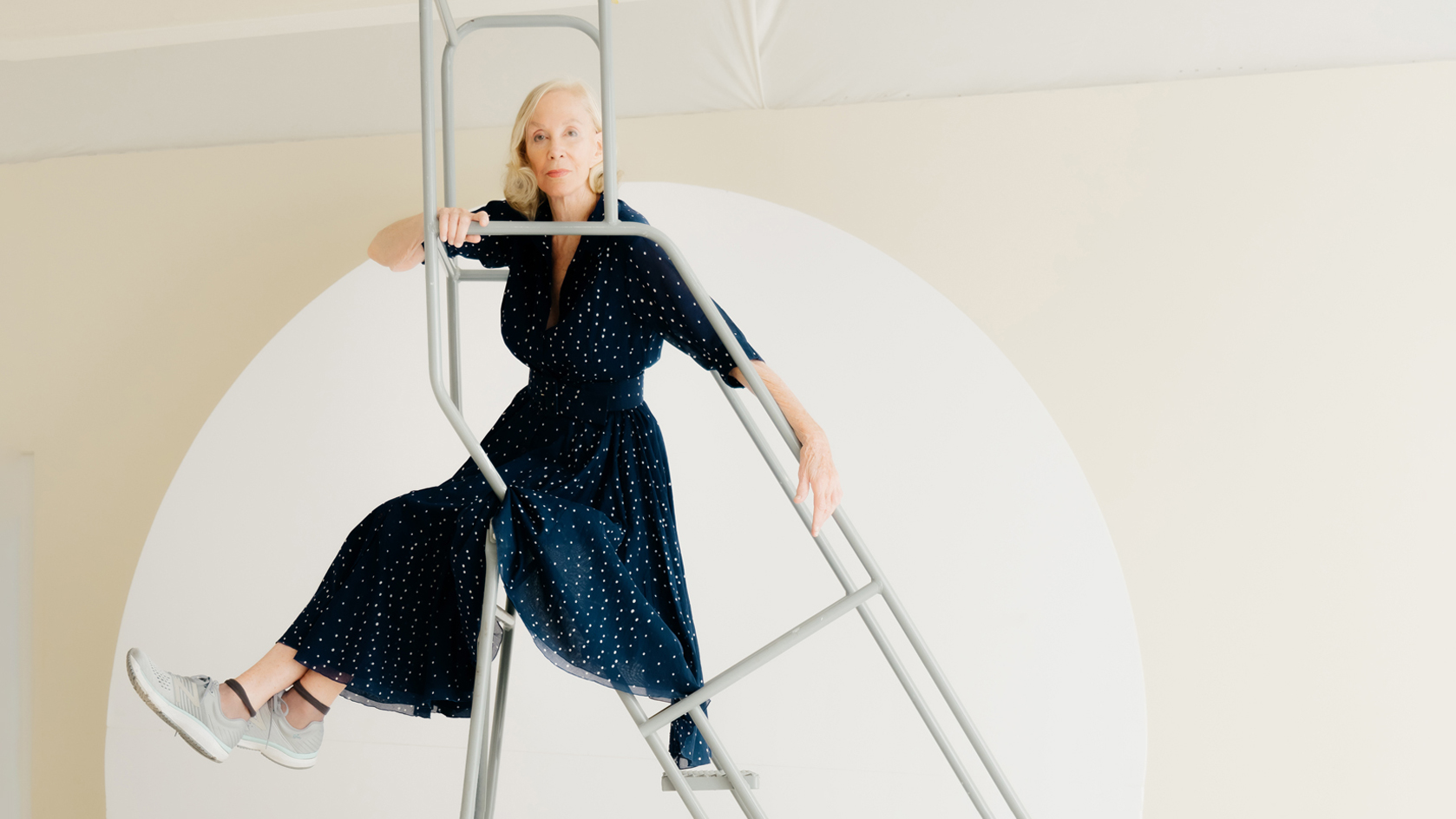 Year in review: top 10 art interviews of 2022, chosen by Wallpaper* arts editor Harriet Lloyd-Smith
Year in review: top 10 art interviews of 2022, chosen by Wallpaper* arts editor Harriet Lloyd-SmithTop 10 art interviews of 2022, as selected by Wallpaper* arts editor Harriet Lloyd-Smith, summing up another dramatic year in the art world
-
 Yayoi Kusama on love, hope and the power of art
Yayoi Kusama on love, hope and the power of artThere’s still time to see Yayoi Kusama’s major retrospective at M+, Hong Kong (until 14 May). In our interview, the legendary Japanese artist vows to continue to ‘create art to leave the message of “love forever”’
-
 Antony Gormley interview: ‘We’re at more than a tipping point. We’re in a moment of utter crisis’
Antony Gormley interview: ‘We’re at more than a tipping point. We’re in a moment of utter crisis’We visit the London studio of British sculptor Antony Gormley ahead of his major new show ‘Body Field’ at Xavier Hufkens Brussels
-
 Photographer Maisie Cousins on nostalgia, impulsive making and ‘collecting useless things’
Photographer Maisie Cousins on nostalgia, impulsive making and ‘collecting useless things’Explore the vision of British artist Maisie Cousins in ‘Through the lens’, our monthly series spotlighting photographers who are Wallpaper* contributors
-
 Rashid Johnson in Menorca: a journey through migration, longing and togetherness
Rashid Johnson in Menorca: a journey through migration, longing and togethernessWe visited Rashid Johnson’s Brooklyn studio ahead of the artist’s show at Hauser & Wirth Menorca, which contemplates drift – physical and emotional